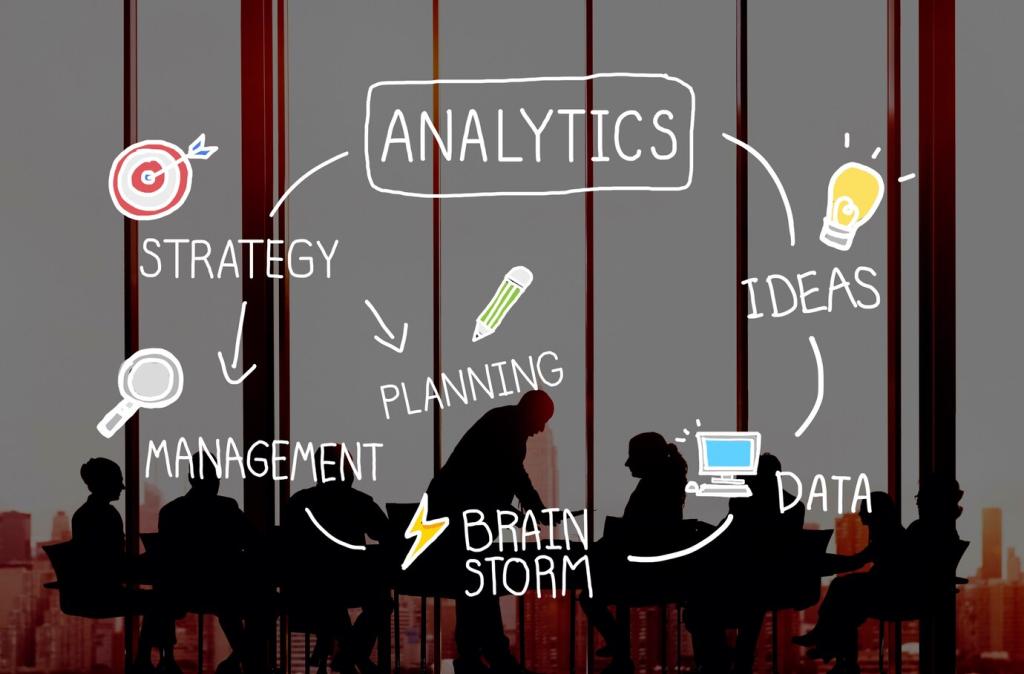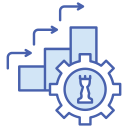Chosen theme: How to Develop a Digital Transformation Roadmap. Welcome to a practical, human-centered guide that turns big ambitions into clear steps, measurable outcomes, and momentum you can feel. Join our community, share your goals, and subscribe for templates and real-world examples.

Clarify the Why
Explain the specific problems you aim to solve and the value you want to create for customers, employees, and shareholders. Write it down in one paragraph, share it company-wide, and invite feedback. Comment with your draft vision to get peer input.

Define Outcome Metrics
Choose a handful of measurable outcomes tied to revenue growth, cost efficiency, customer satisfaction, or risk reduction. Make them time-bound and realistic. Start with a baseline, set quarterly targets, and subscribe to receive our KPI starter pack.

Tell the Transformation Story
People remember stories, not strategy slides. Craft a narrative that connects today’s pain points to tomorrow’s possibilities. Share an anecdote from a frontline employee to make it real, and ask your teams to contribute their own stories.


Assess Your Starting Point: Digital Maturity and Pain Points
Inventory core processes, data readiness, integration quality, and system reliability. Note what is manual, duplicated, or error-prone. Share your top three constraints with us, and we will send curated resources matched to your situation.
Assess Your Starting Point: Digital Maturity and Pain Points
Identify key moments where digital can reduce friction, personalize experiences, or speed resolution. Ask customers to narrate a recent interaction, step by step. Publish anonymized stories internally and invite colleagues to add observations.
Win Alignment: Stakeholders, Governance, and Decision Rights
Name an Executive Sponsor
Choose a sponsor with authority and time, not just a name on a slide. They should champion the vision, clear roadblocks, and communicate progress. Share your sponsor’s first 90-day goals to inspire others.
Create a Cross-Functional Steering Group
Bring product, operations, IT, finance, and legal together. Define what decisions they make and what they advise. Set a monthly cadence with agendas published ahead. Subscribe to get our meeting template and RACI examples.
Decide How You Decide
Specify criteria for prioritization, funding, and scope changes. Document escalation paths and service level expectations for decisions. Invite stakeholders to test the process with a real use case and report what worked.

Build a Value-Backlog
Capture use cases with a simple template: problem, value hypothesis, metrics, data required, and dependencies. Encourage teams to submit ideas weekly. Post your top three and ask readers to vote on impact.
Score Impact and Effort
Use a clear rubric for customer impact, financial upside, risk reduction, and delivery complexity. Visualize on a two-by-two. Invite comments on your scoring to reduce bias and surface hidden costs.
Sequence for Compounding Gains
Plan waves where each release enables the next. For example, clean product data before launching personalization. Share a sequencing sketch and request feedback on gaps or overlooked dependencies.
Lay the Foundations: Data, Platforms, and Integration
Start With Data Strategy
Define critical data domains, owners, and quality thresholds. Implement lightweight governance with clear stewardship. Tell us which data is most broken today, and we will send cleaning playbooks to get traction.
Choose Platforms Pragmatically
Favor modular, extensible platforms over monoliths. Balance build versus buy with total cost of ownership and talent availability. Share your shortlist and ask the community about integration surprises they faced.
Design Integration for Change
Adopt APIs, event streams, and standardized interfaces to decouple systems. Document contracts and versioning. Publish a small integration blueprint and solicit suggestions before you commit budget.
Map roles to capabilities like product management, analytics, cloud, and cybersecurity. Use targeted upskilling, partners, and hiring. Share a skills heatmap and invite peers to recommend courses that worked.
People Power: Skills, Culture, and Change Management
Plan the Roadmap: Phases, Milestones, and KPIs
01
Define Phases and Releases
Group initiatives into waves with clear scope and acceptance criteria. Align capacity to avoid overloading teams. Share your first three releases and ask for critique on scope and risk.
02
Set Milestones and Leading Indicators
Pair outcome KPIs with leading indicators like cycle time, adoption, and data quality. Review weekly. Post one KPI dashboard mockup and invite suggestions for clarifying signals from noise.
03
Adopt Feedback Loops
Run retrospectives, customer interviews, and analytics reviews every sprint. Use insights to adjust priorities. Comment with a lesson learned from your last project that will shape this roadmap.

Identify Risks Early
Map delivery, cybersecurity, compliance, and adoption risks. Assign owners and mitigation plans. Share your top risks and ask the community which mitigations have delivered the best real-world protection.

Build Security by Design
Integrate identity, access, encryption, and monitoring into architecture decisions. Conduct threat modeling on priority use cases. Subscribe for our secure-by-default checklist tailored to roadmap phases.
